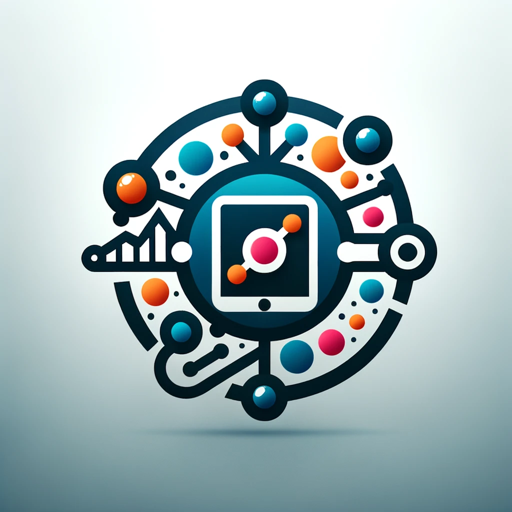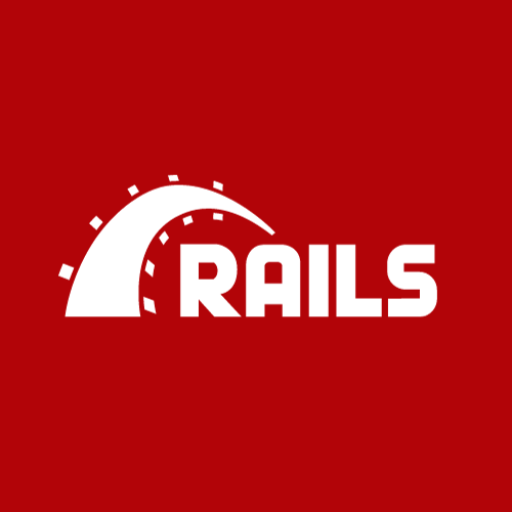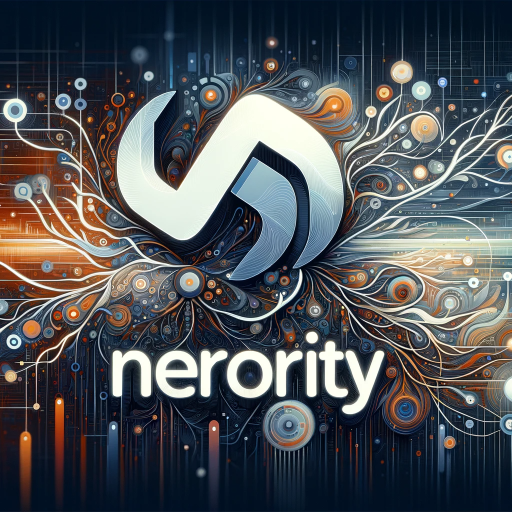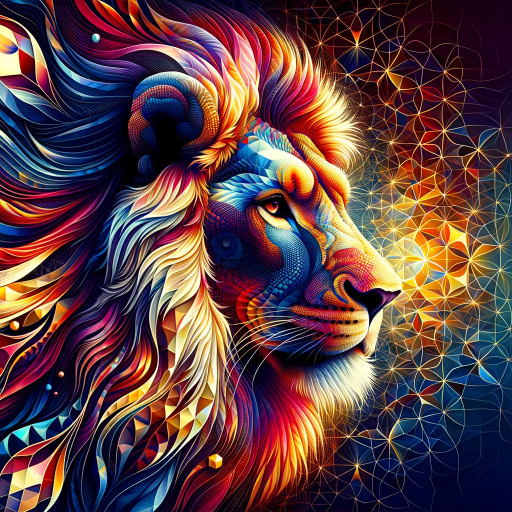MarketingGPT-AI-powered landing page creator
AI-Driven Landing Page Sections for Marketers
How can I improve my social media ads to attract more customers?
What are the best practices for designing a landing page?
Can you help me create an effective call to action?
What kind of images should I use on my sales page?
How do I write sales copy that converts?
Related Tools
Load More
Marketer GPT Pro
Your Go-To Marketing Strategy Consultant. Trained on a World of Marketing Data to help you craft the perfect strategy for your brand.
Marketing GPT
Marketing GPT is an AI tool designed to streamline marketing strategy and campaign planning, providing expert insights for market analysis, strategy development, and campaign optimization across various channels.

MetaGPT : Meta Ads AI Marketing Co-Pilot
Expert in Meta advertising that can improve your ROI. Official Meta GPT built by dicer.ai

Marketing GPT
Expert in marketing

BrandGPT
Expert in brand and marketing strategy development and 33 growth tactics. Based on the best-selling book 'Transform Your Marketing'

ProductLaunch GPT
Does product launch marketing (Experimental)
20.0 / 5 (200 votes)
Introduction to MarketingGPT
MarketingGPT is an AI-powered tool designed specifically for marketing professionals, businesses, and developers to optimize and automate various aspects of digital marketing. The primary function is to help users create high-conversion landing page sections, copywriting, and user interface designs using the Tailwind CSS framework. By leveraging best practices in marketing psychology, design, and content writing, MarketingGPT offers solutions that enhance engagement, lead generation, and overall conversion rates. The tool can generate custom HTML code for different sections like banners, testimonials, value propositions, and calls to action, all tailored to fit a marketer's or developer's goals. An example scenario would be a business owner who needs a landing page for a product launch but has limited knowledge of web development. MarketingGPT can create the necessary web sections, from UVP banners to testimonials, using proven design structures and content strategies to maximize conversions.

Key Functions of MarketingGPT
Custom HTML Section Generation for Landing Pages
Example
Creating a banner with a unique value proposition (UVP) and a strong call-to-action (CTA) for a website promoting a new SaaS product.
Scenario
A SaaS company is launching a new software product. Using MarketingGPT, they input their UVP, and the tool generates a banner with clear messaging and effective design elements to attract leads. The result is a fully responsive, SEO-friendly banner that can be directly integrated into their website.
Conversion-Focused Copywriting
Example
Crafting copy for a 'Testimonials' section that helps build trust and authenticity.
Scenario
An eCommerce store needs to enhance social proof on its website to boost sales. By using MarketingGPT, the store owner can input key customer feedback, and the tool formats it into a high-conversion testimonial section with polished copy, helping to build credibility and push users towards purchasing.
Tailored Marketing Strategies Based on Data
Example
Creating an 'Objections' section to address potential customer concerns and push them further down the conversion funnel.
Scenario
A B2B service provider notices that many potential clients abandon their signup process. Using MarketingGPT, they input common objections they've identified through customer feedback. The tool generates a responsive objections section with persuasive content addressing those concerns, ultimately improving conversion rates.
Ideal Users of MarketingGPT
Marketers and Copywriters
Marketing professionals looking to optimize their digital campaigns, web pages, and landing pages. These users benefit from the tool's ability to generate conversion-focused sections for landing pages quickly, using tried-and-tested copywriting and design principles. For example, marketers can create high-converting banners, UVPs, and testimonials sections to boost lead generation.
Developers and Small Business Owners
Web developers who need to quickly prototype landing pages for clients or small business owners with minimal coding knowledge. They benefit from MarketingGPT's ability to generate functional, responsive, and SEO-friendly HTML sections using Tailwind CSS. This allows them to build professional-grade websites and landing pages without the need for extensive technical expertise or design knowledge.

Guidelines for Using MarketingGPT
Visit aichatonline.org for a free trial without login
Access the platform directly by visiting aichatonline.org. There's no need to log in or subscribe to ChatGPT Plus for the trial.
Identify your marketing needs
Define the specific section you want to create for your landing page (e.g., banner, testimonials). This will guide the tool in generating tailored outputs.
Provide a detailed description
Supply clear and detailed descriptions of the sections you're designing. Include necessary components such as images, text, or key conversion goals.
Review and refine generated sections
After receiving the HTML output, review the content for accuracy and alignment with your vision. You can further edit or optimize the layout if necessary.
Integrate into your website
Once satisfied with the output, directly embed the section into your website's codebase. Tailwind CSS will ensure compatibility with modern web standards.
Try other advanced and practical GPTs
Kitze GPT
Blunt, AI-powered advice with zero fluff.

CV & Career Coach
AI-powered CV and Career Guidance

Ruby On Rails
AI-Powered Ruby on Rails Assistance

SAP Logistic Super Hero
AI-powered SAP MM expertise at your fingertips.

Weight Loss Scientist
AI-Powered Personalized Weight Loss Support

SEO Content Crafter
AI-Powered Solutions for SEO Content

SassyGPT
AI-powered sarcasm, served fresh.

Jokester GPT
AI-powered humor at your fingertips.

Self-Instructive Meta-Task Program
AI-powered workflow automation for complex tasks.

Wild Geometrica
AI-Powered Geometric Animal Art Tool

Wizlogo Logo Maker
AI-powered logos, crafted in seconds.
Codinstructor
AI-powered coding lessons tailored for you
- SEO Optimization
- Web Design
- Content Strategy
- Landing Pages
- Conversion Funnels
MarketingGPT Q&A
What is MarketingGPT?
MarketingGPT is an AI-powered tool designed to help marketers create high-conversion landing page sections using Tailwind CSS. It generates code for banners, testimonials, objections handling, and more, allowing users to design professional pages quickly.
How does MarketingGPT improve conversion rates?
It uses proven design techniques such as compelling value propositions, clear calls-to-action, and social proof to create sections that enhance user engagement and conversion rates.
What sections can I create with MarketingGPT?
You can generate banners, motivation sections, value propositions, objection handling sections, testimonials, uniqueness sections, and risk reversal sections with a call-to-action (CTA) button.
Do I need coding experience to use MarketingGPT?
No. MarketingGPT provides fully formed HTML outputs with Tailwind CSS that you can directly embed into your website. Some basic knowledge of web development is helpful for integration, but it's not required.
How customizable are the generated sections?
The HTML outputs are flexible. You can easily customize text, images, and style elements. The tool provides a solid foundation, but you're free to edit the final design as needed.